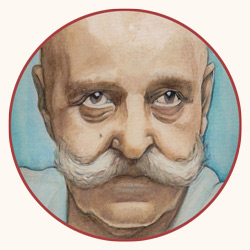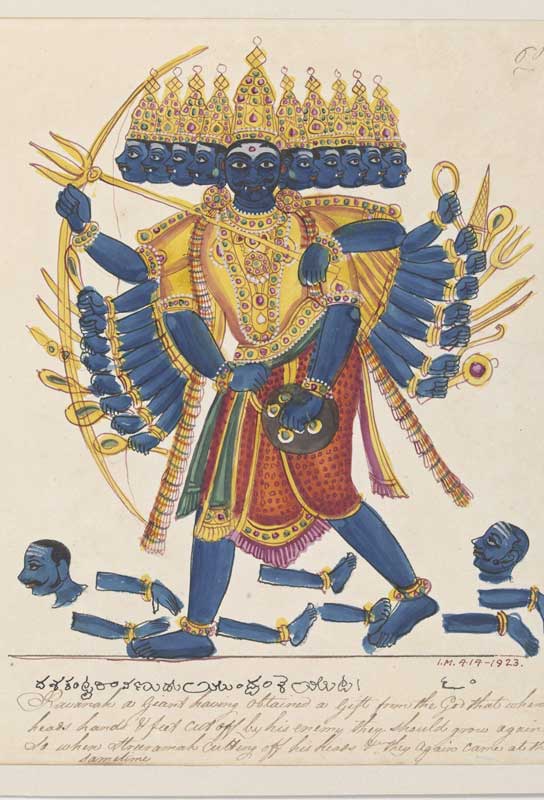Online Gathering on
Esoteric HinduismNovember 4 – 9
The gathering will be at a cost. The meetings will be recorded and made available for viewing afterwards. Read more below:

The Jewel in the Lotus
We begin our journey with the famous mantra “Om Mani Padme Hum.” Originating in Tibetan Buddhism, this six-syllable mantra has deep roots in Hinduism. The opening syllable “Om” is considered the primordial sound, representing the essence of ultimate reality. “Mani” (jewel) and “Padma” (lotus) both frequently appear in Hindu iconography, often associated with Vishnu and Lakshmi.
The lotus was singled out for the stark contrast between its beautiful flower and the murky waters from which it arises. In a similar way, we seek to develop consciousness from the parts of our organism bent on comfort and avoidance of effort. If successful, our newly emerged state will stand out in as stark a contrast as the lotus flower to the mud. This contrast will instruct our investigation.
Throughout the week, we will correlate each syllable of the Jewel in the Lotus to a specific internal effort: from affirming self-remembering, through recognizing the internal resistance of a specific moment, to aspiring to fix self-remembering more permanently. We will end this first session with a practical task aimed at correlating the command “Om” to introducing the sense of “I Am.”
Vishnu & Lakshmi on Lotus | 1780 C.E.
Mahavira ( The 24th Supreme Preacher of Jainism)
Vishnu as the Cosmic Man | 1800-1805 C.E.
Dharma
On the surface, a mantra is just a string of syllables. Its mechanical repetition cannot be expected to achieve anything. The results of its usage (as well as the use of any type of effort) can only be proportionate to our understanding of what we aim to achieve by applying it. In this second session we will examine the larger context of inner effort as presented in Hinduism, specifically through the concept of Dharma.
Dharma encompasses cosmic law, duty, and righteous living. We will approach this principle as the obligation to be more conscious in any given moment. Our nature is to devalue the present and invest as little effort into it as possible. This, of course, has consequences. Going against our nature and striving to meet each moment more consciously conforms to the Dharma, and requires that we adapt our thoughts, emotions, and actions to the needs of the moment.
We will study the principle of Dharma by presenting the Avatars of Vishnu, who in every mythological period incarnates on earth in the optimal form for reestablishing Dharma.

of life is forgotten, I manifest myself on earth.
I am born in every age to protect the good,
to destroy evil, and to reestablish dharma.
Bhagavad-Gita
The Asuras
In Hindu mythology, Asuras are often portrayed as demonic beings in constant conflict with the Devas (gods). In the Churning of the Ocean of Milk, the Devas and Asuras pull against one another to churn the cosmic ocean and retrieve the nectar of immortality. In the Tale of Hiranyakashipu, the powerful Asura king obtains a boon that makes him nearly invincible. This ultimately requires Vishnu’s incarnation as Narasimha so that he can defeat the king and restore cosmic order.
Our use of a mantra reliably evokes internal resistance. This resistance is personified in the Asuras. However, as in the Churning myth, resistance is necessary. It feeds and supports our efforts like the mud that supports the lotus. Our mantra must factor in this resistance, and in this third session we will dedicate one of its syllables to anticipating and counteracting internal resistance.
This approach acknowledges that our inner “Asuras” are not to be simply vanquished, but understood and transformed. Just as the mythological Asuras often possess great power and knowledge, our internal resistance can become a source of strength when properly channeled. This process mirrors the alchemical transformation seen in many Hindu myths, where the conflict between Asuras and Devas results in the creation of something valuable for the cosmos.
Ravana King of Lanka | 1825 C.E.

Indra King of the Devas | 1820 C.E.
The Devas
Contrasted with the Asuras, the Devas are the benevolent gods of the Hindu pantheon. We will explore their roles in maintaining cosmic order, their interactions with humans and notable myths featuring Devas such as Indra, the king of the gods, and Agni, the god of fire and sacrificial rites.
According to Hindu mythology, when Dharma declines, the imbalance is always a result of Asuras overpowering Devas. In their plight, the Devas petition Vishnu to incarnate and restore order. This dynamic illustrates the constant struggle between higher and lower impulses, and the need for conscious effort to maintain balance.
Each syllable of our mantra embodies ‘Deva-like’ qualities. By invoking these qualities, we restore the right balance between discipline and habit. We will conclude this session by refining our mantra to incorporate these qualities more explicitly, and by putting them into practice in the time leading to the following session.

Moksha | Liberation
Moksha, or liberation, is the ultimate goal of Hindu spiritual practice; it is freedom from the cycle of birth and death (samsara). We will discuss various Hindu perspectives on Moksha and its attainment. This will include Advaita Vedanta’s view of Moksha as the realization of one’s true nature as Brahman, Bhakti’s emphasis on liberation through devotion and union with the Divine, and Yoga’s approach to Moksha through the cessation of mental fluctuations.
The aim of our mantra is to achieve liberation in a given moment; liberation from the mechanical habit that happens to be in play at that particular time. From this point of view, the mantra doesn’t aim to eliminate habit, but to restore our cosmos to its proper order (restore Dharma). This approach aligns with the Hindu concept of “jivanmukti” or liberation while still living, where one can experience moments of awakening and freedom within the context of everyday life.
At this stage, our mantra will be complete. We will have incorporated elements that address our mechanical nature, our aspiration for higher states, our recognition of internal resistance, and our aim for momentary liberation. Students will be tasked to practice the mantra under different circumstances to verify its challenges and benefits. We will share these experiences in a teamwork app and compile our observations for our final session the next day.
Parasurama, Rama, Krishna, and Buddha | c. 1771 – 1779 C.E.

Kalki Avatar | 1825 C.E.
The Last Avatar and the Yugas
Our final session will aim to place our mantra into the context of our everyday lives. One cannot intone a mantra at all times. How, then, is this tool to be properly understood and utilized? We will explore this question through the Hindu concept of cosmic time cycles or Yugas, which are characterized by four levels of virtue and spiritual awareness:
- Satya Yuga: The golden age of truth and righteousness
- Treta Yuga: The silver age where virtue diminishes by one-fourth
- Dvapara Yuga: The bronze age with further decline in virtue
- Kali Yuga: The iron age of conflict and spiritual darkness
According to Hindu tradition, we are currently in the time of Kali Yuga, a cycle of spiritual degradation and moral decay. However, this age is also said to offer the quickest path to liberation for those who sincerely seek it.
Through this lens, we will re-examine the role of our inner work and our communal efforts in light of this grand cosmic narrative. We’ll consider how our mantra practice, even though intermittent, can serve as a force for restoring balance and consciousness in our personal “yugas” or states of being.

Online gathering on
Esoteric HinduismNovember 4 – 9






